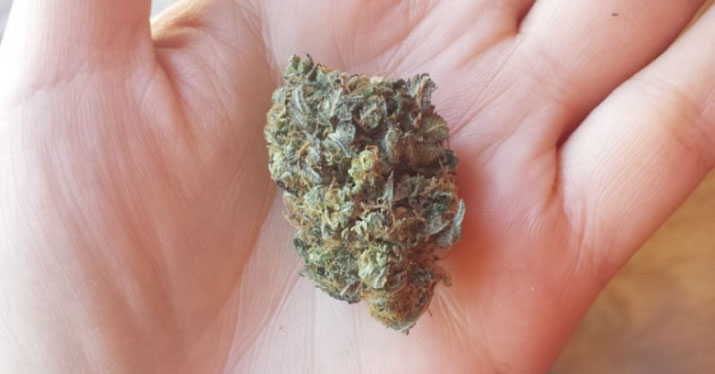Yoga and cannabis are ancient traditions, each with deep-rooted cultural significance. While the two may seem worlds apart, many people are discovering the benefits of combining these practices. This article explores the interplay of yoga and cannabis and how they can complement each other to enhance physical well-being and consciousness expansion.
Understanding the Connection
The first step in integrating cannabis into a yoga practice is understanding the connection between the two. Both yoga and cannabis are renowned for their therapeutic effects, helping individuals manage stress, anxiety, and physical discomfort. Moreover, they share a common goal: to reach a state of heightened awareness and inner peace.
Cannabis uniquely affects the endocannabinoid system in our body, which plays a crucial role in regulating mood, pain, appetite, and memory Weed Delivery in Brampton. Conversely, yoga focuses on aligning the mind, body, and spirit through movement, breath control, and meditation. Together, they can offer a more profound and mindful experience.
Choosing the Right Strain for Yoga
The type of cannabis strain you choose can significantly influence your yoga practice. Generally, Sativa strains are known for their uplifting and energizing effects, making them ideal for dynamic yoga styles like Vinyasa or Power Yoga. On the contrary, Indica strains are known for their relaxing properties, which can complement restorative yoga practices like Yin Yoga or Yoga Nidra.
Strains high in CBD can also be beneficial, especially for those new to cannabis. Unlike THC, CBD does not produce a psychoactive effect, but it can help manage pain and anxiety, enhancing the relaxing effect of yoga.
Practicing Safely and Mindfully
Incorporating cannabis into your yoga routine should be done mindfully and safely. Start with a low dose, especially if you’re new to cannabis. Monitor how you feel during your practice and adjust accordingly. While cannabis can enhance your practice, it is not a shortcut to achieving mindfulness and should be used as a tool, not a crutch.
Also, remember that cannabis laws vary from state to state. Ensure you know your area’s regulations before integrating cannabis into your yoga practice.
Conclusion
Blending cannabis with yoga may seem unconventional, but it has potential benefits. It can deepen your practice, allowing for increased relaxation, improved focus, and a more profound connection with your self. However, it’s crucial to approach this combination with mindfulness and respect for both traditions. Always prioritize safety, listen to your body, and abide by local laws. As more research emerges on the synergistic benefits of yoga and cannabis, it will be fascinating to see how this fusion evolves.
